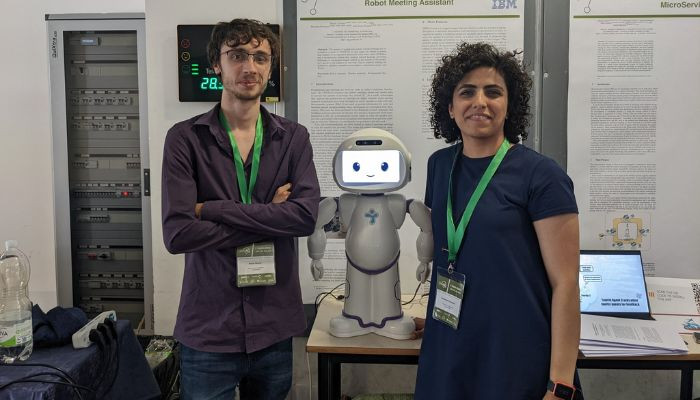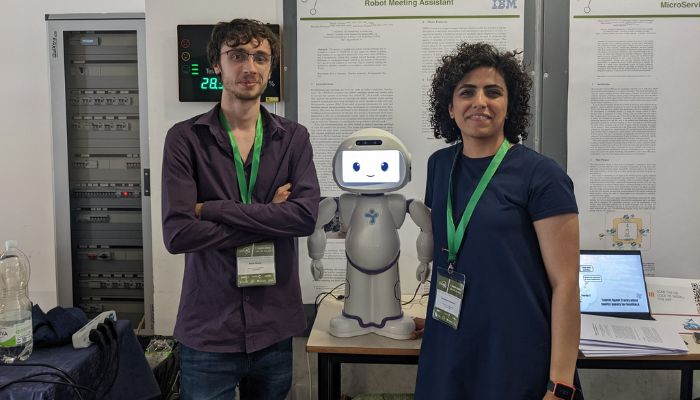Robots may improve mental health at work
Robots can enhance mental health at work, but they must first appear appropriate, according to studies.
The study found that the appearance of the robot has a significant impact on how effective people perceive the machines to be.
Two different robot well-being coaches were used in a study conducted by the University of Cambridge researchers in a tech consulting firm.
For four weeks, 26 employees participated in weekly wellness sessions run by robots. It is possible that the Misty robot met their expectations because it resembles a toy.
Although the robots had similar voices, attitudes, and scripts for the sessions, how individuals interacted with them was influenced by their looks.
Those who worked with a toy-like robot for their well-being exercises reported feeling a stronger connection to their “coach” than those who worked with a humanoid robot.
According to the study, popular culture, where the only limit to what robots may achieve is the human imagination, has an impact on how people perceive robots.
But when a robot is encountered in the real world, it frequently falls short of expectations.
The toy-like robot may have been easier to converse and bond with since people had lesser expectations due to its simpler appearance, the researchers suggest.
The humanoid robot’s users realised that their expectations did not match reality because it was unable to engage in an interactive conversation.
The researchers worked with a technology firm, Cambridge Consultants, to develop and implement a robot-based workplace wellness programme.
Employees were led by one of two robots—the QTRobot (QT) or the Misty II robot—through four distinct well-being exercises over the course of four weeks (Misty).
Misty is a toy-like robot that is 36 cm tall, whereas the QT is a juvenile humanoid robot that is about 90 cm tall.
Both have programmable screen faces that can display various facial emotions.
“It could be that since the Misty robot is more toy-like, it matched their expectations,” said the study’s first author Dr Micol Spitale, as per The Independent.
Spitale said that since QT was humanoid, subjects expected it to behave humanly which is why they must have been underwhelmed.
The findings are presented at the ACM/IEEE International Conference on Human-Robot Interaction in Stockholm.
For all the latest health News Click Here


